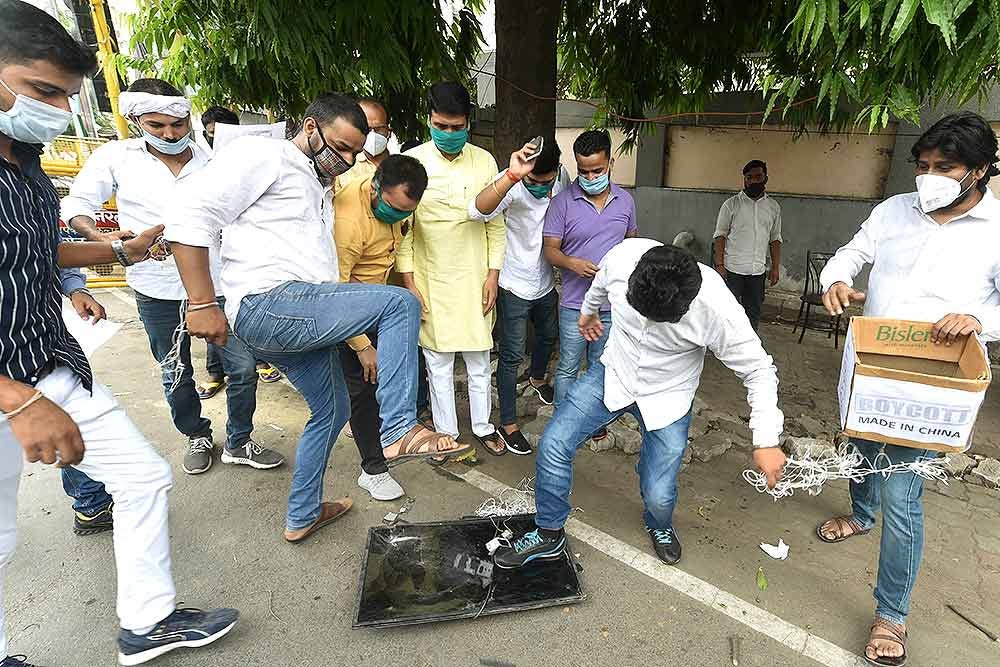Indian Fury at Chinese Attack Cuts into Commerce
Delhi increasingly wary of doing business with Beijing

By: Neeta Lal
The Indian government is rethinking big-ticket commercial deals worth billions of dollars with Chinese companies after 20 Indian soldiers were killed in a muddy but brutal clash in the Galwan Valley in eastern Ladakh on June 15 as a wave of anger has spread across the country, leading to raucous public protests.
Footage of infuriated Indian…
Keep reading with a 7-day free trial
Subscribe to Asia Sentinel to keep reading this post and get 7 days of free access to the full post archives.
